- Introduction
- 1. Anatomy and Human Dissection
- 2. Study of Flight and Ornithology
- 3. Hydrodynamics and Water Studies
- 4. Astronomy and Planetary Science
- 5. Mechanical Engineering and Robotics
- 6. Optics and Light
- 7. Geology and Earth Science
- 8. Physics and Mechanics
- 9. Vitruvian Man: Intersection of Art and Science
- 10. Botanical Studies
- Conclusion
Introduction
Leonardo da Vinci was a true Renaissance man, known for his incredible talents in art, science, and engineering. While many people recognize his masterpieces like the Mona Lisa and The Last Supper, fewer know about his groundbreaking contributions to science. This article will dive into the top 10 science accomplishments of Leonardo da Vinci, showcasing his genius beyond the canvas. From detailed anatomical sketches to visionary flying machines, his work continues to inspire and influence modern science. Discover why Leonardo’s scientific achievements remain significant and how his innovative mind shaped various fields, making him a timeless figure in both art and science.
1. Anatomy and Human Dissection
Leonardo da Vinci made significant contributions to the study of anatomy through his detailed sketches and dissections of the human body. He spent countless hours studying corpses, carefully drawing muscles, bones, and organs with incredible precision. His drawings were not only artistically beautiful but also scientifically accurate, providing insights that were far ahead of his time.
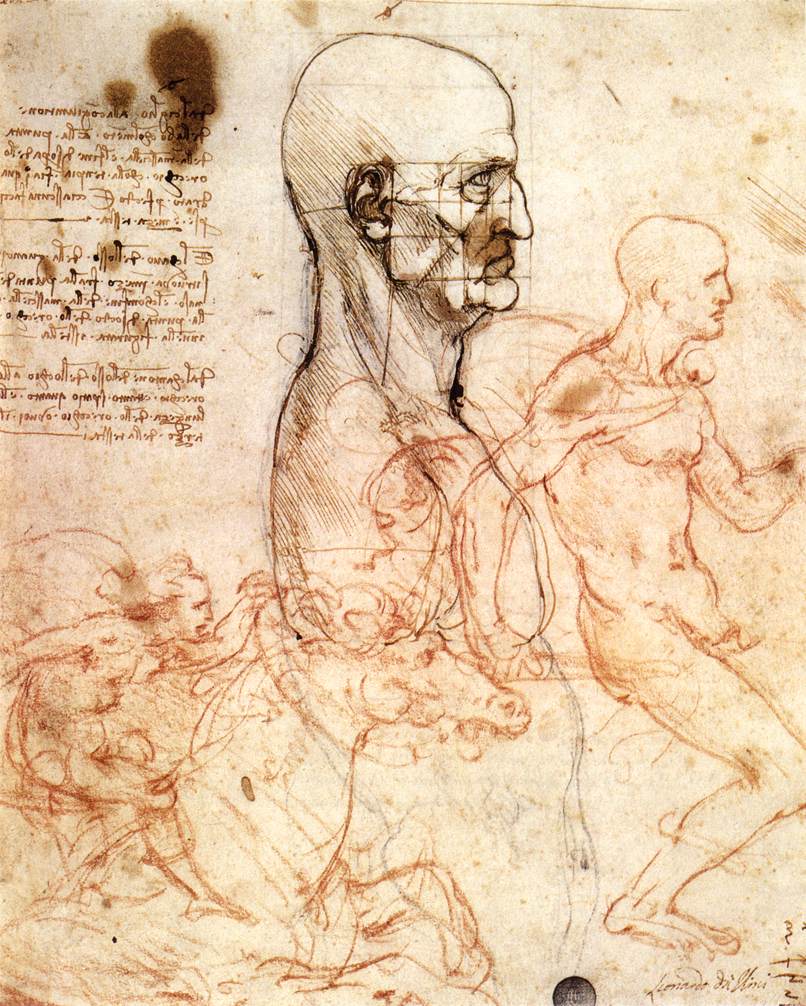
These anatomical sketches greatly impacted medical science. They helped doctors and scientists understand the human body better, leading to advancements in surgery and medical treatments. Leonardo’s work laid the groundwork for modern anatomy, making him a key figure in both art and science. His ability to blend artistic skill with scientific inquiry set a new standard for medical illustrations and education.
2. Study of Flight and Ornithology
Leonardo da Vinci was fascinated by the idea of human flight. He studied birds and how they fly, making detailed notes and sketches about their wing structure and movement. His observations led him to design various flying machines, including an early version of a helicopter and a glider.
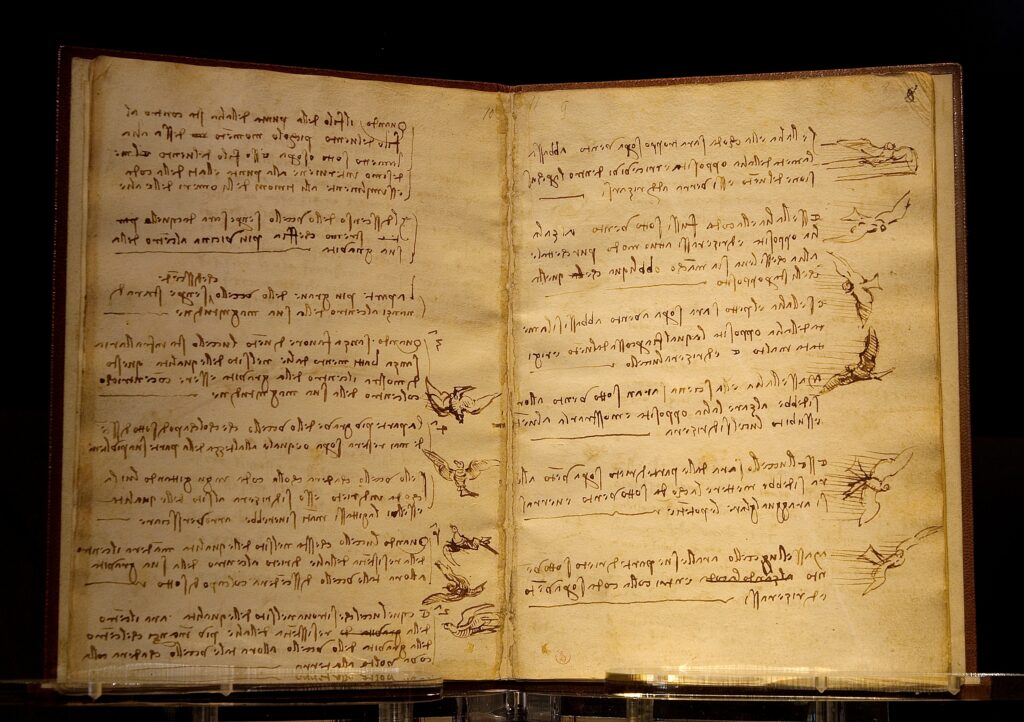
One of his most famous designs is the ornithopter, a machine with wings that mimic the flapping motion of birds. Although Leonardo’s flying machines were never built in his lifetime, his ideas were incredibly forward-thinking. They laid the groundwork for modern aeronautics and flight theory.
Today, engineers and scientists look back at Leonardo’s designs with admiration. His work has inspired many modern inventions and continues to influence the field of aeronautics. Leonardo da Vinci’s study of flight and birds showcased his innovative spirit and his desire to understand and conquer the skies.
3. Hydrodynamics and Water Studies
Leonardo da Vinci was deeply interested in the movement and behavior of water. He conducted extensive studies on hydrodynamics, the science of water flow. Through careful observation, he drew detailed sketches of how water moves in rivers, creates eddies, and interacts with obstacles.
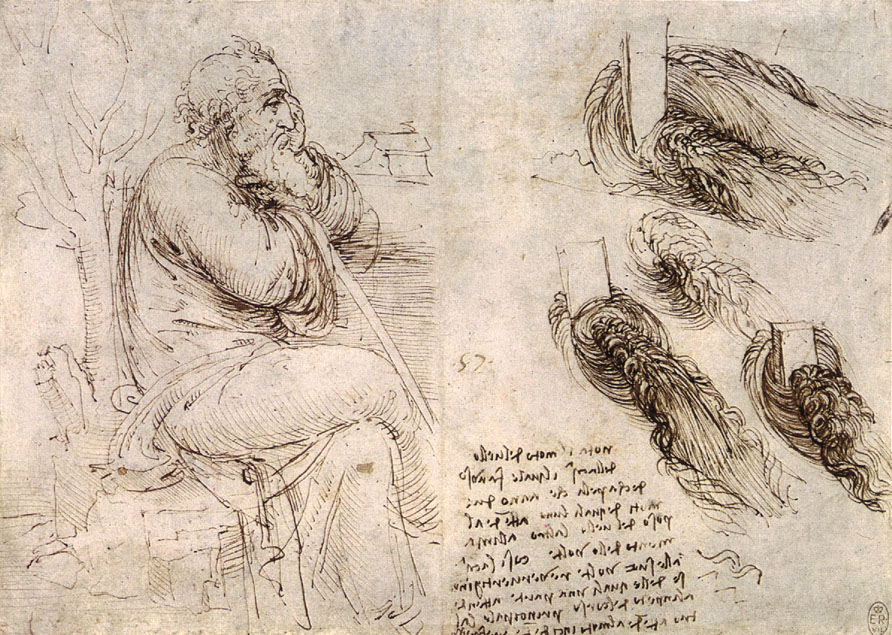
Leonardo also designed various hydraulic machines. These included water wheels, pumps, and even early concepts for canals and dams. His work aimed to harness the power of water for practical uses in engineering and agriculture.
His studies contributed significantly to our understanding of fluid dynamics. Engineers and scientists have built on his observations to develop modern technologies for managing water. Leonardo’s insights into hydrodynamics show his ability to blend scientific curiosity with practical problem-solving, making lasting contributions to the field of engineering.
4. Astronomy and Planetary Science
Leonardo da Vinci made important contributions to astronomy and planetary science. He carefully observed the night sky and made detailed sketches of celestial bodies, including the moon and stars. One of his significant insights was his early thoughts on heliocentrism—the idea that the Earth revolves around the sun. This was a revolutionary idea at the time, challenging the common belief that the Earth was the center of the universe.
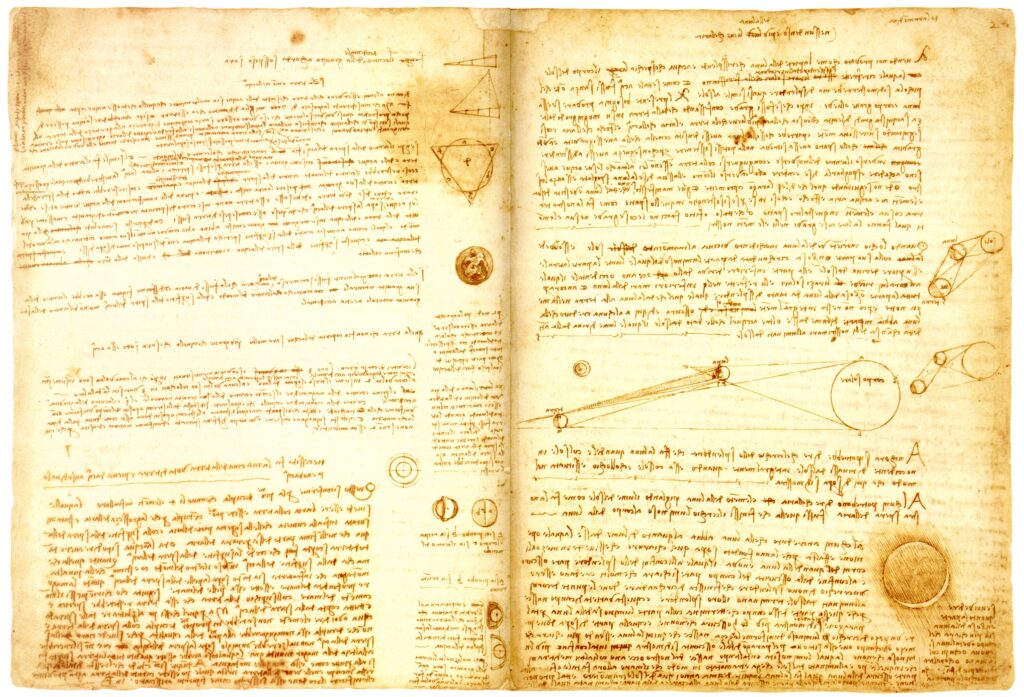
Leonardo also studied the moon’s surface. He noted that the moon’s light was a reflection of the sun and created detailed drawings showing its phases. His observations helped lay the foundation for future astronomical studies.
Leonardo’s work in astronomy showed his deep curiosity about the universe. His early ideas and careful observations paved the way for later scientists like Galileo and Copernicus. Leonardo da Vinci’s contributions to planetary science highlight his role as a pioneer in understanding our place in the cosmos.
5. Mechanical Engineering and Robotics
Leonardo da Vinci was a brilliant inventor in mechanical engineering and robotics. One of his most impressive inventions was the self-propelled cart, which is considered one of the first concepts of a car. This cart could move on its own using a system of springs and gears, showcasing Leonardo’s understanding of mechanics.
Another fascinating invention was his robotic knight. This knight could move its arms, sit, and even open and close its visor. Leonardo designed it using a complex system of pulleys and cables, making it one of the earliest examples of robotics.
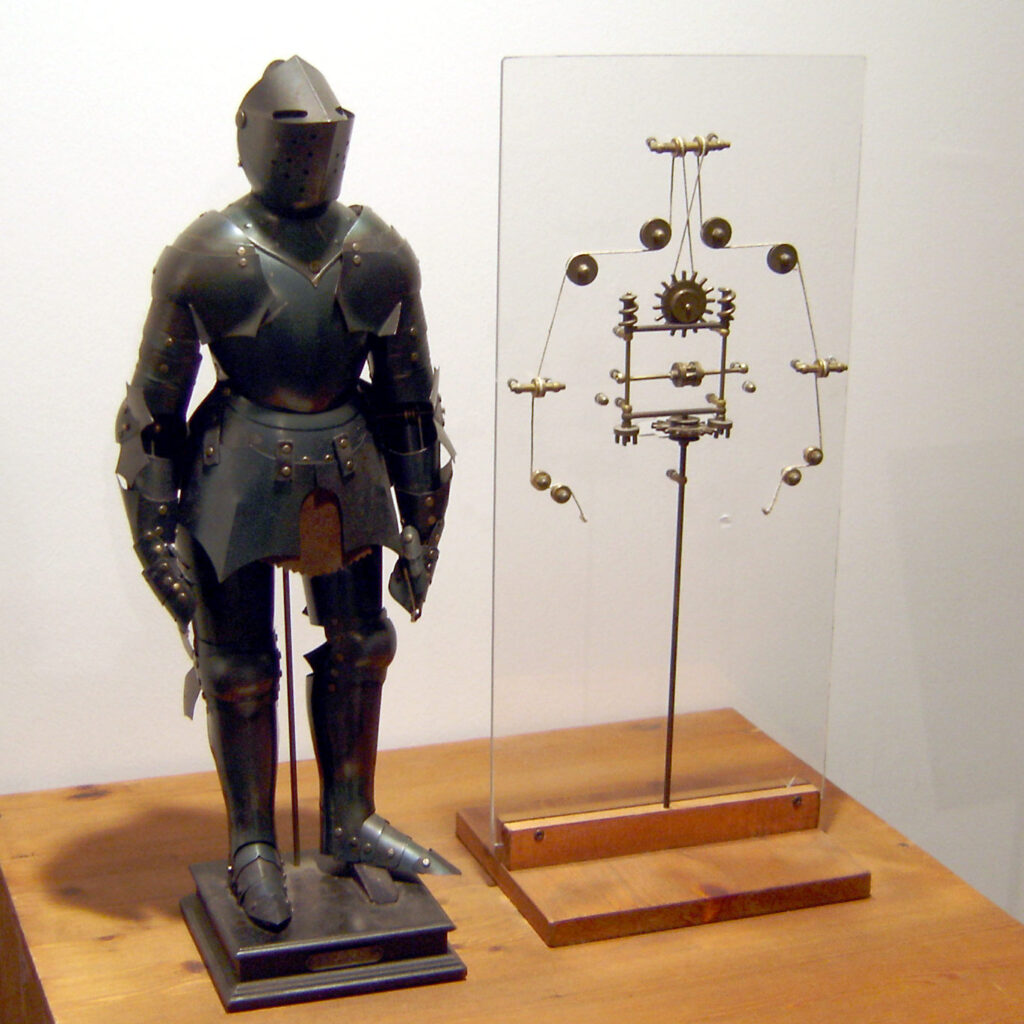
These inventions had a significant impact on modern robotics and automation. Leonardo’s innovative designs showed a deep understanding of mechanics and engineering. His work laid the groundwork for many modern machines and robots. Leonardo da Vinci’s inventions in mechanical engineering and robotics demonstrate his incredible ability to imagine and create technology that was far ahead of his time.
6. Optics and Light
Leonardo da Vinci conducted groundbreaking studies on optics and light. He was fascinated by how light and shadow interact and how we perceive them. Through his research, he made detailed drawings and notes on how light reflects and refracts, which helped him understand how shadows are formed and how perspective works.
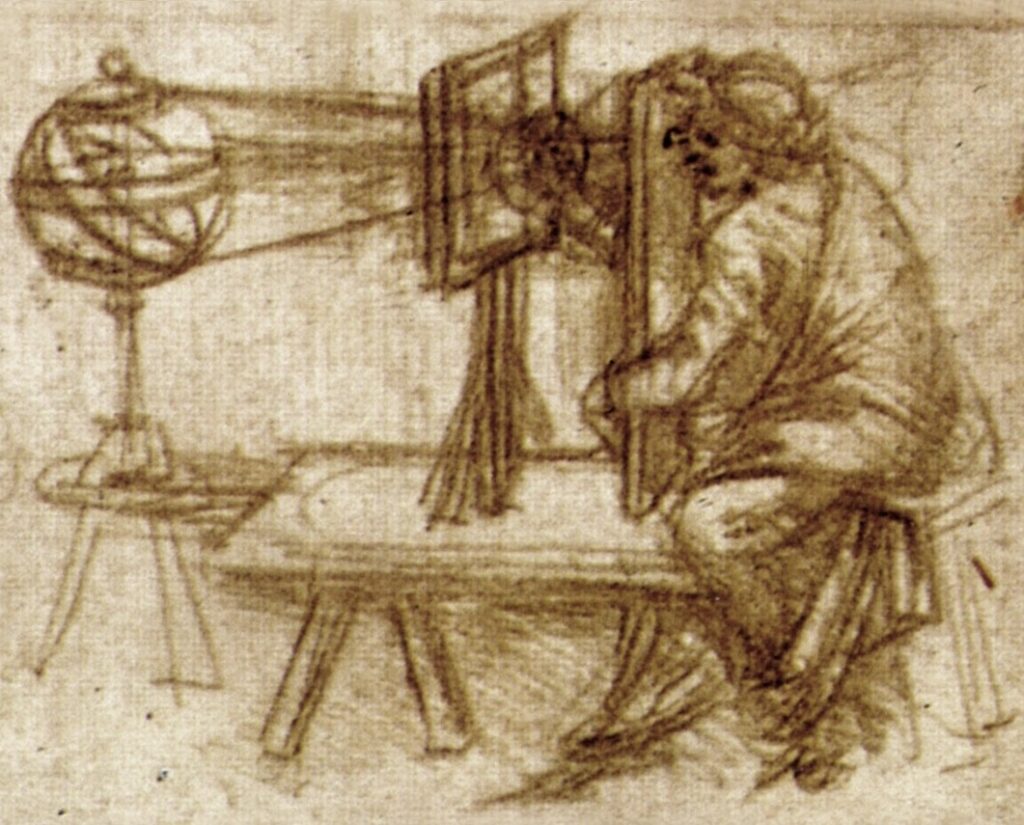
One of his key insights was about the way light enters the eye and creates images. He explored the camera obscura, an early device that projects an image onto a surface, to study how light and vision work together. His work on perspective revolutionized art, allowing artists to create more realistic and three-dimensional images.
Leonardo’s studies on optics and light greatly influenced the understanding of vision and how we see the world. His detailed observations and innovative thinking laid the foundation for future advancements in optics and visual science. Leonardo da Vinci’s work in this area demonstrates his ability to blend art and science, making significant contributions to both fields.
7. Geology and Earth Science
Leonardo da Vinci made significant observations in geology and earth science. He was one of the first to study fossils in depth, recognizing that they were the remains of ancient living organisms. This was a groundbreaking idea at the time, as many people believed fossils were simply rocks that looked like bones.
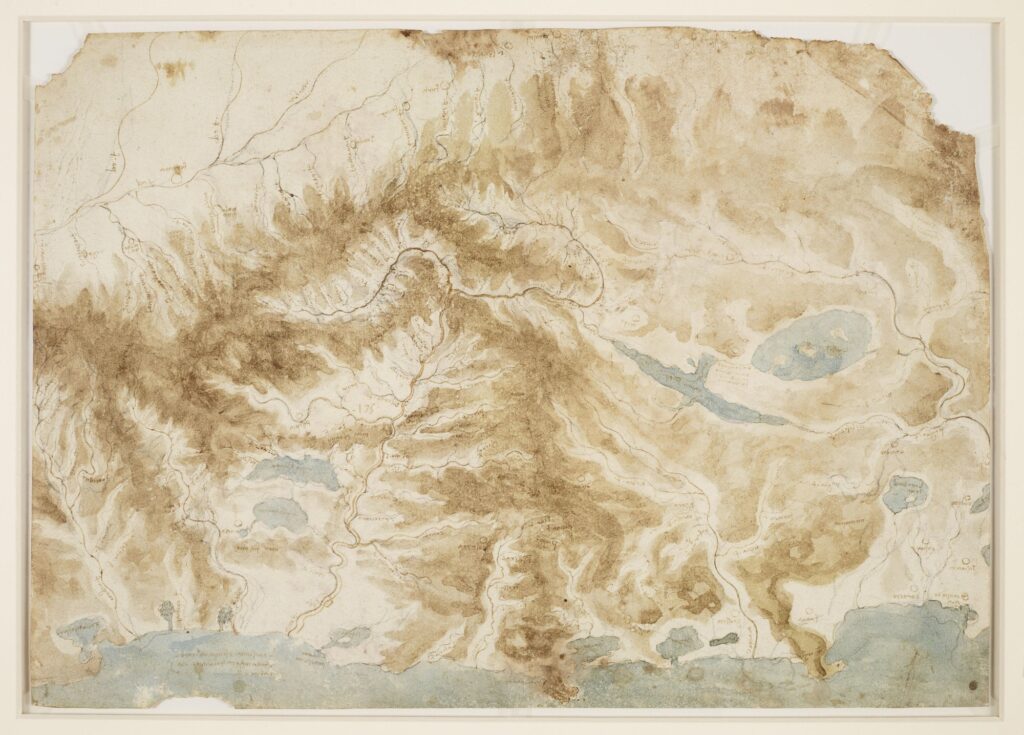
Leonardo also studied erosion and how water shapes the landscape. He noticed how rivers could carve valleys and how rocks could be worn down over time by flowing water. These observations led him to understand some basic geological processes that are still studied today.
His early insights into geology showed his keen ability to observe and analyze the natural world. Leonardo’s work helped lay the groundwork for modern geology, making him a pioneer in the field. His contributions to earth science highlight his diverse interests and his remarkable talent for scientific investigation.
8. Physics and Mechanics
Leonardo da Vinci made important contributions to physics and mechanics through his experiments with levers, pulleys, and gears. He was fascinated by how these simple machines could make work easier and more efficient.
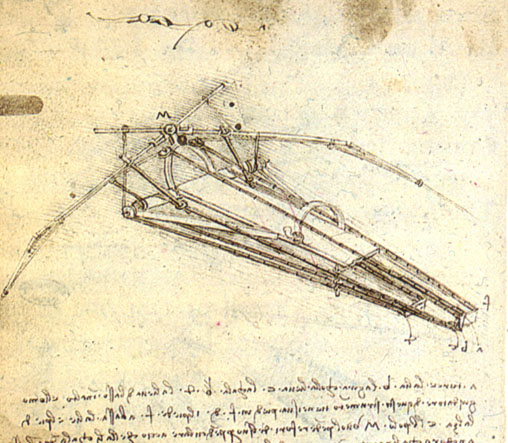
Leonardo studied levers and how a small force applied at one end could lift a heavy weight at the other. He also explored pulleys, which allow lifting heavy objects with less effort by distributing the weight over several wheels. His work with gears showed how rotational motion could be transferred and magnified, forming the basis for many mechanical devices.
These experiments laid the foundation for classical mechanics, the study of how forces affect motion. Leonardo’s observations and detailed drawings helped future scientists understand the principles of motion and force. His work in physics and mechanics demonstrated his ability to think like an engineer and a scientist, making lasting contributions to these fields.
9. Vitruvian Man: Intersection of Art and Science
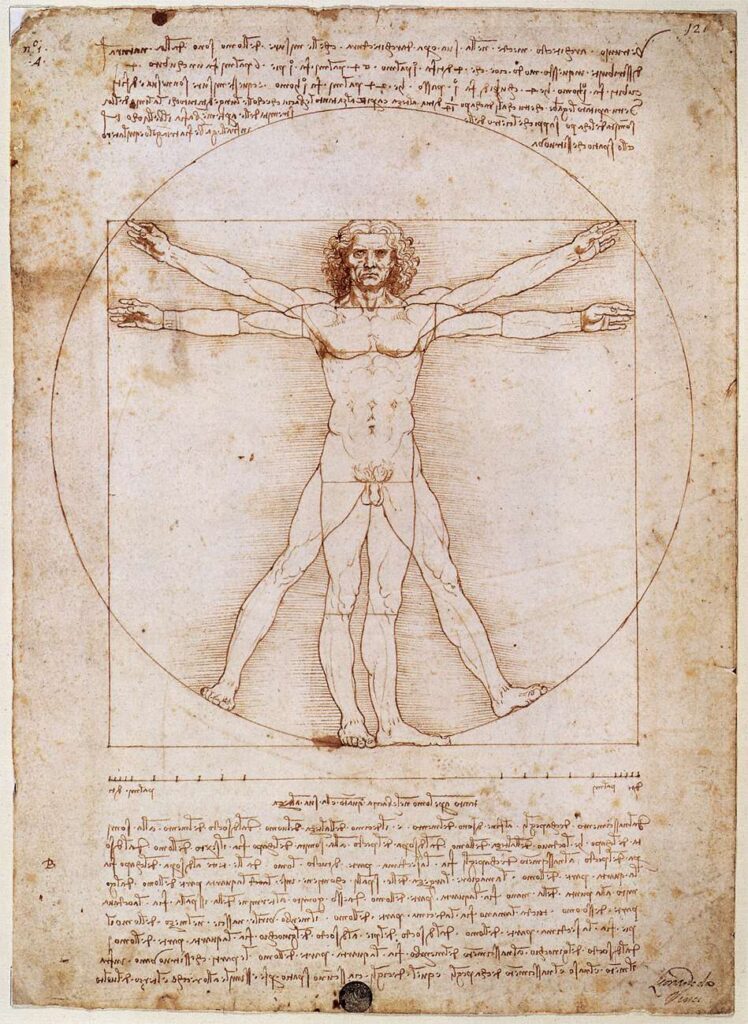
Leonardo da Vinci’s Vitruvian Man is one of his most famous works, showcasing the perfect intersection of art and science. This drawing illustrates a man in two superimposed positions with his arms and legs apart inside a circle and a square. It’s a detailed study of human proportions and symmetry, based on the work of the ancient Roman architect Vitruvius.
Leonardo’s Vitruvian Man demonstrates his deep understanding of the human body’s anatomy and proportions. He believed that the human body was a microcosm of the universe, reflecting the same mathematical principles found in nature. This drawing not only helped artists create more realistic human figures but also contributed to the study of anatomy by providing a precise reference for human proportions.
The Vitruvian Man has had a lasting impact on both art and science. It showed how scientific principles could enhance artistic techniques and how art could help visualize and understand scientific concepts. Leonardo da Vinci’s work in this area highlights his unique ability to blend disciplines, making significant contributions to both fields.
10. Botanical Studies
Leonardo da Vinci also made significant contributions to botanical studies. He carefully observed and drew detailed sketches of plants, capturing their structure and growth patterns with great precision. His botanical drawings include studies of flowers, leaves, and trees, showing his keen eye for detail and his fascination with nature.
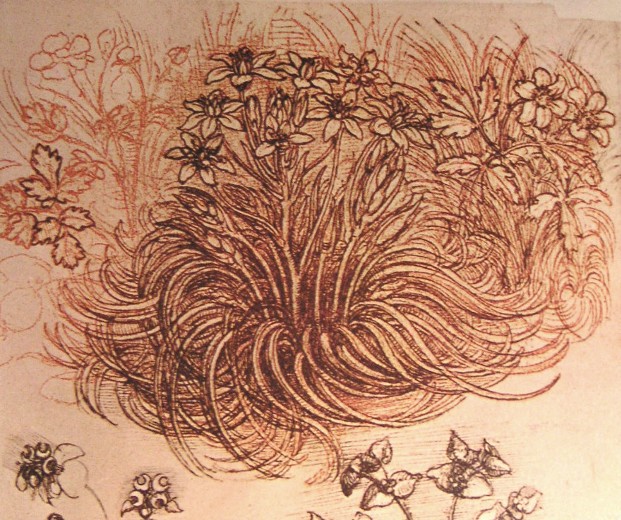
Leonardo’s studies went beyond just drawing; he also investigated how plants grew and adapted to their environment. He explored how water and nutrients moved through plants, and how different plants responded to light and shade. His observations helped advance the understanding of plant biology and ecology. These contributions to botany were groundbreaking. Leonardo’s detailed drawings and scientific approach provided valuable insights into plant life, laying the groundwork for future studies in natural sciences. His work in this area highlights his ability to blend artistic talent with scientific inquiry, making lasting impacts on both fields.
Conclusion
Leonardo da Vinci’s top science accomplishments span many fields, including anatomy, flight, hydrodynamics, astronomy, mechanics, and botany. His detailed studies and innovative designs laid the foundation for modern science and engineering. Leonardo’s ability to blend art and science made his work timeless, influencing countless future discoveries. His legacy continues to inspire scientists and artists alike, proving that curiosity and creativity can lead to remarkable achievements. To learn more about Leonardo’s impact, check out our articles on where his inventions are today and 10 Leonardo da Vinci quotes on art every artist should know.

